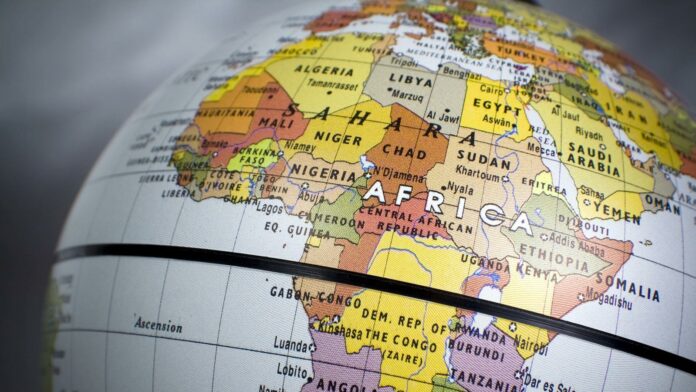We refer to the equator as an imaginary line that runs right through the center of our planet, and it is the longest road on Earth. Did you know that the equator is longer than its counterpart, the meridian that passes through the poles?
This is due to the shape of our planet, which is slightly flattened because of its rotation around its axis. The equator passes through many countries, but it is not the hottest region on Earth—some deserts far from it are much hotter.
Facts About the Equator
- The exact length of the equator is 40,075,696 meters. To walk this distance at a speed of 5 km/h without any breaks, it would take a person almost a whole year—around 8,000 hours.
- North of the equator, water drains clockwise, and south of it, counterclockwise. But if you drain water exactly on the equator, it doesn’t swirl at all. Ancient sailors used this simple method to confirm crossing the equator. This phenomenon is due to the Coriolis effect.
- The word “equator” comes from the Latin word meaning “to equalize.”
- The equator divides our planet into two almost equal hemispheres—Northern and Southern. Why “almost”? Because the Earth is not a perfect sphere.
- The name of the Latin American country Ecuador translates from Spanish as “equator.”
- The length of the equator was first calculated by the ancient Greek mathematician and astronomer Eratosthenes of Cyrene, and he was nearly accurate. According to his calculations, the Earth’s meridian length is 250,000 stadia, which is 40,000 kilometers.
- The equator does not pass through the country called Equatorial Guinea, despite its name.
- The Earth’s rotation speed at the equator reaches 465 meters per second, which is faster than the speed of sound, which is 331 meters per second.
- The Congo River, flowing through Central Africa, crosses the equator twice.
- According to an old maritime tradition, when ships cross the equator, ancient sailors would celebrate Neptune’s Feast.
- The Brazilian city of Macapá is located in both the Northern and Southern hemispheres because the equator passes through it. Macapá even has a monument dedicated to the equator.
- The football stadium in the aforementioned Macapá is located right on the equator.
- It is always eternal summer at the equator, and temperature differences between day and night are minimal.
- The equator is 21.3 kilometers farther from the center of the Earth than the North or South poles.
- This is where the sun’s rays most evenly warm the Earth’s surface.
- There is a glacier on the equator—on the summit of the Cayambe volcano in Ecuador, rising over 4.5 kilometers above sea level.
- The equator crosses only 33 islands along its entire length, even though there are hundreds of thousands of islands on Earth.
- Fourteen countries are located on the equator.
- Communication satellites in space are in geostationary orbit directly above the equator, at an altitude of more than 35,000 kilometers.
- Objects moved from the poles to the equator lose 0.53% of their mass due to the centrifugal force and greater distance from the center of our planet.
